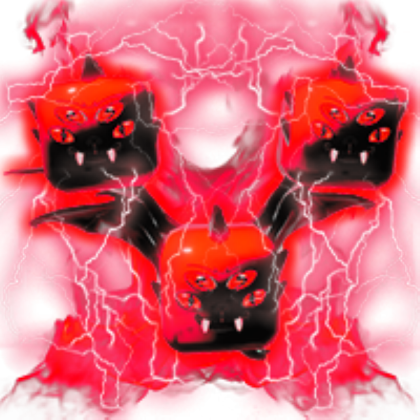
If something goes wrong with the server internally, the character information is persisted and on a server restart the character information will be restored from the last state it was in before the crash. This is useful, for instance, when updating character information. They are used in instances where storage or retrieval of data must be protected from a server crash or shutdown, as tasks are saved and remembered when they are run, and can be respawned when the server is restarted in the same state as they were in before the crash. Ĭontrol of information in a Project Darkstar server is generally handled by tasks, although in some special cases they are not necessary. The main parts of the API include task management, data persistence, and channel communication. The API is written to hide the concurrency of the underlying system that the Project Darkstar stack performs for the developer, so that the program can be written with the illusion that it is single threaded, even though the stack is fully parallel. With it, they can develop game servers to communicate correctly with their client technology and have a server up and running that runs on top of the Project Darkstar game stack. The API of Project Darkstar is the key component for developers who use the technology. Persistent data storage using Berkeley DB.As such, there are many features that it supports, and many features that are being implemented and integrated into it actively. Project Darkstar is being developed to support all features vital to a massively multiplayer game, and at the same time be scalable enough to support non-massive multiplayer online games. The clients include all client-side applications and games that are connected to a game server in the network. A server implementation is a user created program written with the Project Darkstar API. All networks contain clients, server implementations, a Project Darkstar stack on which the server implementations run, and several meta-service nodes that handle traffic between each node in the server stack. When a Project Darkstar server implementation is run, it either starts a new network or joins one that is currently running. A number of members of the Sun Labs team and a number of members of the Darkstar community worked for a time on the RedDwarf Server as a successor to Darkstar. On February 2, 2010, in the wake of the purchase of Sun by Oracle, Jim Waldo posted on the "Project Announcement" forum that "Sun Labs engineering effort is no longer being applied to Darkstar development". This team delivered what is now known as the Early Access version, the first working server, for GDC 2005.

Karl increased the man-power, adding Seth Proctor and Dan Ellard as co-researchers, as well as contractors James Megquier and Sten Anderson.
DARKSTAR ONE WIKI SOFTWARE
Following the reorganization of the Software CTO's office in 2005, the project was moved to Sun Labs under Sun Labs Director Karl Haberl.

Kesselman worked on the third version for a year as a solo project in Sun, debuting an early version at the Game Developers' Conference that year. (The SGS moniker survives to this day in the package names of the Project Darkstar Server.) Kesselman brought the third iteration of the project into Sun where it was dubbed the Sun Game Server. In 2004, Sun's Game Technology Group was formed, and at that time Mr. Project Darkstar began as a personal project of Jeff Kesselman in 1999 while he was the Senior Game Integration Engineer at the Total Entertainment Network.


 0 kommentar(er)
0 kommentar(er)
